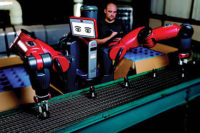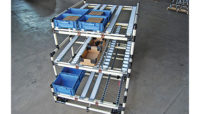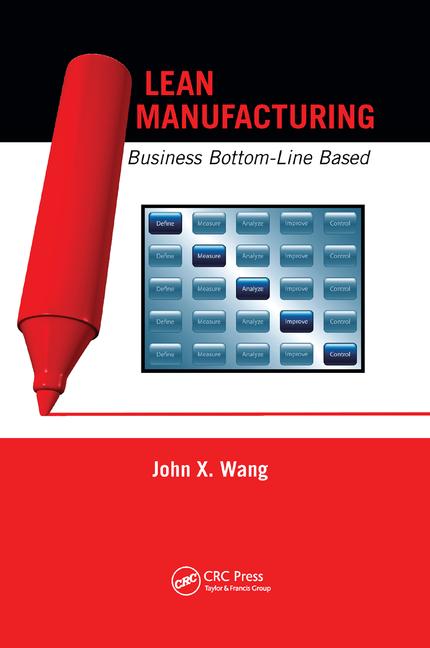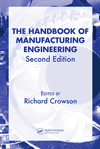China’s economy is booming. It grew a year-on-year 8.1 percent in the third quarter, with retail sales up 9.1 percent in September, wrote Peter Wonacott inThe Wall Street Journalrecently. Presently the world’s fourth-largest auto market, behind the United States, Japan and Germany, China is growing the fastest. It could easily move into second place in 3 years, even if growth continues at half its current pace.
The world’s most populous country, home of cutthroat prices and cheap labor, is rapidly turning into a global factory floor. Writing in The Wall Street Journal recently, Karby Leggett and Todd Zaun say that Toyota Motor Corp., Nissan Motor Co. and Hyundai Motor Co. plan to spend a combined $3 billion in China over the next few years to build or expand factories. Volkswagen, the market leader in China, General Motors Corp. and Honda Motor Co. all entered China years ago and are spending heavily to maintain their positions.
GM’s flagship car plant in Shanghai is running nearly at capacity, and GM is said to be about to sign a deal with its long-time partner Shanghai Automotive Industry (Group) Corp. (SAIC) to take over a $109 million greenfield car plant. GM and SAIC will share evenly in controlling the plant, which will boost GM’s car production capacity in China by about 50 percent.
The surge of investment in new plants risks flooding the industry with excess capacity, warn Leggett and Zaun. Analysts estimate that by 2010, companies will be able to build 20 percent more cars in China than they can sell there. The obvious result will be a tidal wave of cars exported from China, primarily to the other major marketsthe United States, Japan and Germany.
Today, China’s output is so enormous and wide-ranging that it exerts deflationary pressure around the globe on everything from textiles to television sets, and mobile phones to mushrooms. Much of this output derives from U.S. and European manufacturers investing heavily in Chinese plants, and from providing the technology and the manufacturing expertise for those plants.
According to ASSEMBLY magazine’s seventh annual capital spending survey, one-third of U.S. manufacturers have operations outside the country. And these manufacturers allocate, on average, 28 percent of their capital budgets to their foreign plants; roughly one-third will spend 40 percent or more on their foreign plants. The most preferred location for manufacturers with foreign plants is Asia; 53 percent have operations there.
Globalization, like it or not, is inevitable. The cheap labor and expanding markets promise enormous profits, both from exports and sales within China. But government and labor leaders, as well as some manufacturing executives, warn of perils on the path to the profits; we’ll look at that next month.





